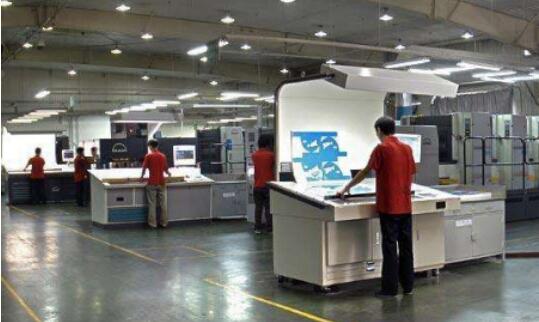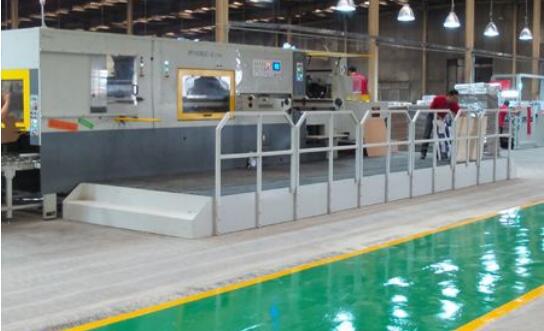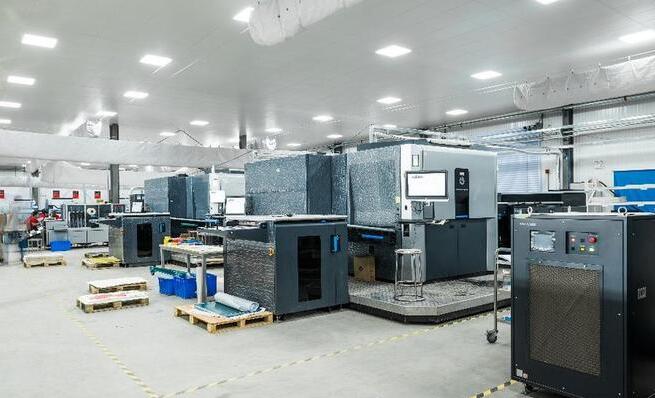The printing industry is an important part of China's national economy, and the total output value of the domestic industry reached 1.15 trillion yuan in 2016. Since the 1980s, the promotion of Chinese laser phototypesetting technology has made China's printing industry enter a new era of "light and electricity". However, laser phototypesetting technology requires exposure development just like camera film, and the chemicals used in developing and fixing fluids can produce a lot of pollution. Even the most advanced computer direct plate making technology requires photosensitive pre-coating and chemical processing, which causes the printing industry to face great pressure from environmental pollution. The development of green printing technology is the current development trend of the international printing industry.
Nano-printing technology has its outstanding environmental advantages and broad prospects for development, and is regarded as a new generation of green printing technology, and has attracted great attention from the international printing community. In nano printing, the key to the application of nano printing materials and functional devices is to construct micro/nano composite materials with special structure and properties, establish the theory and method of printing ink drop accurate regulation, and develop the universal micro/nano material printing pattern technology.
Funded by the National Major research and Development Program "Micro/Nano Interface Materials for Biomimetic Fluid Controllable Transport" project, the team of Song Yanlin from the Institute of Chemistry, Chinese Academy of Sciences has carried out a series of basic studies on material system design, preparation methods, and functional material structure, starting from the essential relationship between micro/nano interface material structure and regulated fluid transport properties.
The team developed a series of key technologies from principle innovation, such as: using the research results of droplet diffusion, fusion and adhesion behavior, to achieve accurate control of the droplet from zero-dimensional to three-dimensional structure, and to develop a universal nanoparticle patterning technology; Based on the principle of surface wettability control of nano-transfer materials and nano-micron plates, the nano-green plate making technology without exposure washing was developed. At the same time, to solve the VOC emission problem caused by solvent-based inks, through the design of film forming resin and pigment nanoparticles, environmental protection inks which can achieve good printing effect on different plastic surfaces are prepared.
With the support of the above key technologies, the team further completed the establishment of the green printing industry chain innovation technology system, including green plate making, green plate base and green ink. In the concentrated area of printing enterprises, the green printing plate making center has been built, which can cover more than 100 printing enterprises, and has played a leading demonstration role in the industry. With the support of plate leading enterprises, the world's first plate base demonstration production line without electrolytic oxidation process has been built, and the industry standard of new nano green plate has been formulated. At the same time, in active cooperation with enterprises, the establishment of green ink scale production base, to achieve the wide application of green ink, products have been exported to more than 10 countries and regions.
For the future development of the printing industry, Song Yanlin's team further proposed and developed green printing manufacturing technology, realized the printing and manufacturing of micro and nano lines, and developed a series of micro and nano functional devices. The production of nano green printing technology marks that China has come to the international forefront in the field of green printing, opening up a new way of green, environmentally friendly and efficient printing, promoting the development of China's printing industry to the direction of "green, functional, three-dimensional and device", and will also give birth to more strategic emerging industries.
This article is from: Ministry of Science and Technology






